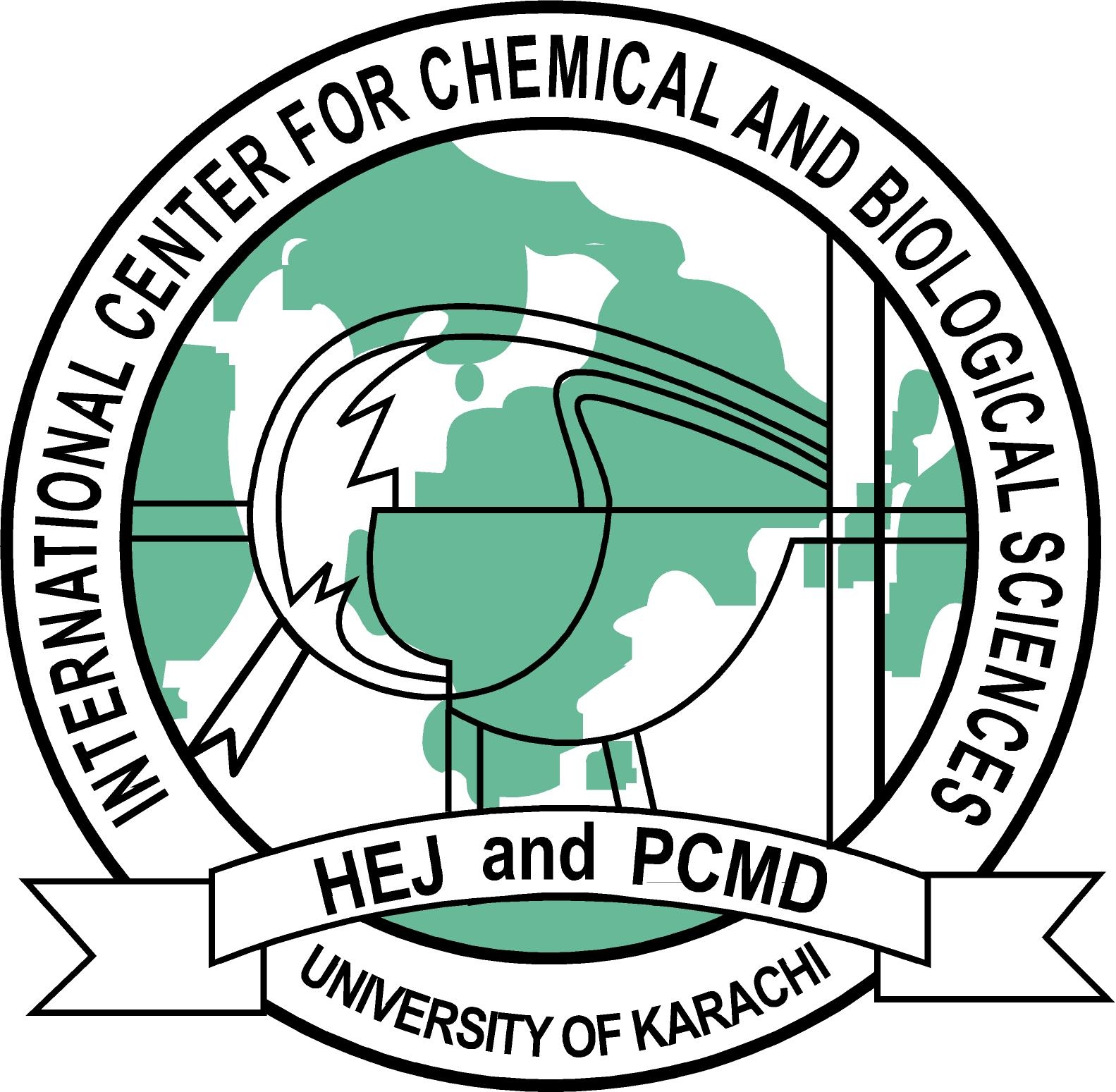Stem Cells: Biology and Application Clarke, Mary & Frampton, Jonathan
Material type: TextPublication details: New York: CRC Press, 2020.Description: 462 PISBN:
TextPublication details: New York: CRC Press, 2020.Description: 462 PISBN: - 9780815345114
| Item type | Current library | Call number | Status | Date due | Barcode |
|---|---|---|---|---|---|
 Book
Book
|
Dr. Panjwani Center for Molecular Medicine and Drug Research (PCMD) Library | QH588.C53_2020 (Browse shelf(Opens below)) | Available | P 3090 |
Preface
Acknowledgements
PART I. AN INTRODUCTION TO STEM CELLS
1. The essential principles of stem cell science
2. Stem cell identification, isolation, and characterization
PART II. STEM CELL POTENCY AND CONTROL
3. Embryonic stem cells, cloning, and pluripotency
4. Controlling stem cells: Receipt and interpretation of external cues
5. Cell plasticity, reprogramming, and induced pluripotent stem cells
6. The stem cell niche
PART III. STEM CELLS ACROSS THE ANIMAL AND PLANT KINGDOMS
7. Regeneration in animals: The evolution of stem cells
8. Plant stem cells
PART IV. STEM CELLS IN SPECIALIZED ADULT ANIMAL TISSUES
9. Hematopoietic stem cells
10. Musculo-skeletal and dental stem cells in mammals
11. Stem cells in endoderm-derived organs
12. Stem cells underpinning the generation of germ cells
13. Stem cells in the cardiovascular system
14. Stem cells in the nervous and sensory systems
15. Stem cells in the skin, its appendages, and other epithelial tissues
16. Atypical stem cells that enable and modulate immune system function
PART V. BIOMEDICAL AND ECONOMIC APPLICATIONS OF STEM CELLS
17. Stem cells in biomedicine: Disease modeling and tissue repair
18. Stem cells in biomedicine: Stem cells in aging and cancer
19. Stem cell applications in domesticated and wild animals and in horticulture
20. Stem cells and society: A philosophical, ethical, and economical view
Glossary
Index
Stem cell science, encompassing basic biology to practical application, is both vast and diverse. A full appreciation of it requires an understanding of cell and molecular biology, tissue structure and physiology, the practicalities of tissue engineering and bioprocessing, and the pathways to clinical implementation—including the ethical and regulatory imperatives that our society requires us to address. Expectation and debate have been driven by the allure of regenerative medicine using stem cells as a source of replacements for damaged or aged tissues. The potential of stem cell application goes far beyond this. Highly innovative uses of stem cells are emerging as possible therapies for cancers, treating acute damage in conditions such as stroke and myocardial infarction, and resolving a whole range of diseases.
Stem Cells: Biology and Application presents the basic concepts underlying the fast-moving science of stem cell biology. This textbook is written for an advanced stem cell biology course. The target audience includes senior undergraduates, first year graduate students, and practitioners in molecular biology, biology, and biomedical engineering. Stem Cells provides a comprehensive understanding of these unique cells, highlighting key areas of research, associated controversies, case studies, technologies, and pioneers in the field.

